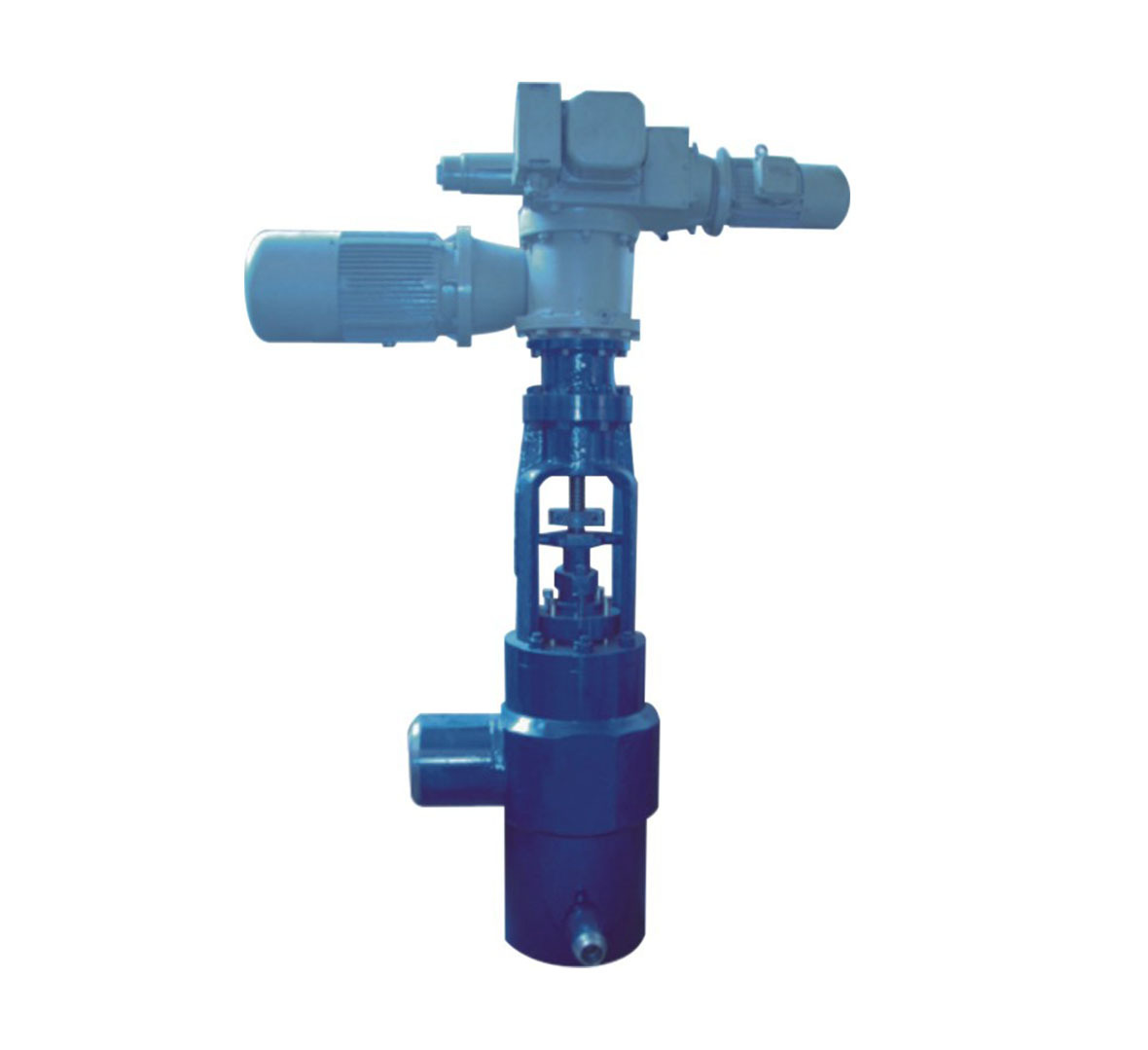
News & Events
Understanding Block Valves: Essential Components in Industrial Systems
Release time: 2025-01-02
Block valves are essential components in industrial systems, widely used to regulate the flow of fluids in pipelines. They serve a pivotal role in ensuring safety, efficiency, and operational control in various applications, encompassing everything from oil and gas to water treatment facilities. Understanding the significance of block valves and their operational principles is crucial for professionals working in the industrial equipment and components sector.
At its core, a block valve is designed to either allow or completely obstruct fluid flow. This capability is vital for pipeline maintenance, system modifications, and emergency shutdowns. By isolating sections of piping, block valves enable safe repairs and inspections without the need to drain entire systems, thereby minimizing downtime and operational costs.
There are several types of block valves, each tailored for specific needs and applications. The most common types include gate valves, ball valves, and globe valves. Gate valves are typically used in applications where a straight-line flow of fluid and minimum flow restriction are desired. They are ideal for on/off service but are not suitable for throttling. Ball valves, on the other hand, offer quick shut-off capabilities and are preferred in applications requiring tight sealing and low flow resistance. Globe valves are excellent for throttling services, allowing for precise flow control, though they tend to introduce more resistance compared to gate or ball valves.
When selecting a block valve for a specific application, several factors need to be considered. These include the type of fluid being handled, pressure and temperature requirements, and the valve's compatibility with existing piping materials. Ensuring that the chosen valve meets the necessary standards for durability and performance is essential for maintaining system integrity and efficiency.
Installation and maintenance are also critical aspects of block valve functionality. Proper installation following industry best practices helps prevent leaks and ensures optimal performance. Routine maintenance, including inspection and testing, is necessary to identify any wear or damage, ensuring that the valves operate efficiently throughout their lifespan.
In conclusion, block valves serve as fundamental components in various industrial systems, enabling effective flow control and contributing to overall system efficiency. Understanding their functions, types, and proper maintenance practices is crucial for professionals in the industrial equipment and components industry. By focusing on these elements, businesses can enhance their operational capabilities and ensure safety in their fluid handling processes.
At its core, a block valve is designed to either allow or completely obstruct fluid flow. This capability is vital for pipeline maintenance, system modifications, and emergency shutdowns. By isolating sections of piping, block valves enable safe repairs and inspections without the need to drain entire systems, thereby minimizing downtime and operational costs.
There are several types of block valves, each tailored for specific needs and applications. The most common types include gate valves, ball valves, and globe valves. Gate valves are typically used in applications where a straight-line flow of fluid and minimum flow restriction are desired. They are ideal for on/off service but are not suitable for throttling. Ball valves, on the other hand, offer quick shut-off capabilities and are preferred in applications requiring tight sealing and low flow resistance. Globe valves are excellent for throttling services, allowing for precise flow control, though they tend to introduce more resistance compared to gate or ball valves.
When selecting a block valve for a specific application, several factors need to be considered. These include the type of fluid being handled, pressure and temperature requirements, and the valve's compatibility with existing piping materials. Ensuring that the chosen valve meets the necessary standards for durability and performance is essential for maintaining system integrity and efficiency.
Installation and maintenance are also critical aspects of block valve functionality. Proper installation following industry best practices helps prevent leaks and ensures optimal performance. Routine maintenance, including inspection and testing, is necessary to identify any wear or damage, ensuring that the valves operate efficiently throughout their lifespan.
In conclusion, block valves serve as fundamental components in various industrial systems, enabling effective flow control and contributing to overall system efficiency. Understanding their functions, types, and proper maintenance practices is crucial for professionals in the industrial equipment and components industry. By focusing on these elements, businesses can enhance their operational capabilities and ensure safety in their fluid handling processes.
Keywords: Block Valve
 sales@cnmxv.cn
sales@cnmxv.cn
 86-577-67389088
86-577-67389088







